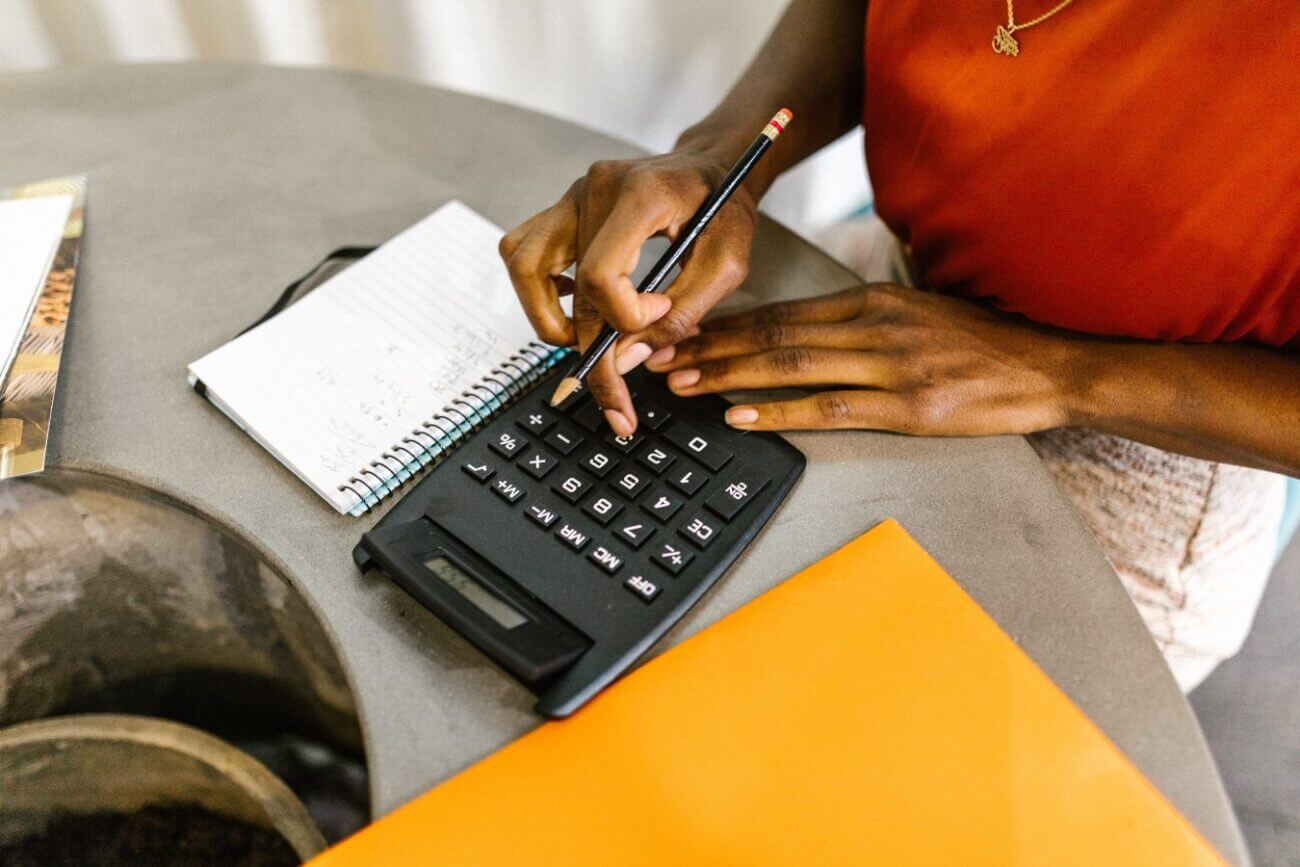A primer on RRSPs
An RRSP is a nest-egg account that you (or, in the case of a spousal RRSP, your spouse or common-law partner) can contribute to and use to buy investments. You earn new RRSP room based on a percentage of your earned income, and contributions reduce your taxable income for the year. You can check your RRSP room on your notice of assessment to ensure you don’t over-contribute. If you don’t max out your RRSP each year, the unused portion of your contribution room rolls over into subsequent tax years. You can hold cold, hard cash in your RRSP as well as qualified investments like ETFs, mutual funds, GICS, stocks and bonds. (Here’s how to determine if your savings should be invested in an RRSP or TFSA.)
When you retire, or by no later than December 31 of the year you turn 71, you generally convert your RRSP to a registered retirement income fund (RRIF) from which you draw funds. An RRSP can also be used to purchase an annuity prior to turning 72, but RRIFs are much more common. The savings you have in your RRIF are tax-deferred until they are paid out, at which point they are taxed. More on that below.
Why use an RRSP to save for retirement?
When you save funds in your RRSP, you’re not only preparing for your future. Your present self can also benefit greatly, since those contributions are tax-deferred, and contributions generate a tax refund. If, like most Canadians, your tax bracket is lower upon retirement, you will likely benefit by making RRSP contributions.
How to maximize your RRSP contribution
When it comes to getting the most out of your RRSP, timing is everything. “You should time the use of the deduction for when you are in a high tax bracket,” Forward advises, adding that you can save deductions made while you’re in a lower bracket and claim them later when you need them. Like RRSP room, undeducted RRSP contributions can be carried forward. The second major benefit of RRSPs, she says, is that “the investments grow tax-sheltered while being held in the plan.”
How much do I need in my RRSP to retire?
Determining your goal amount is highly individual and will depend on a number of factors. Forward recommends that you begin by considering the following variables:
- The age you want to retire
- Your savings rate
- Your workplace’s RRSP or pension matching program
- Your access to a spousal RRSP
Beyond that, identifying your future needs is the priority. “The challenge is anticipating how your spending needs will change during your retirement years,” says Forward. Significant expenses like a mortgage may be paid off by retirement and you can likely depend on a significantly lower tax bill. On the other hand, she says, you might plan on completing home renovations or travelling in retirement—activities that you’ll need to budget for. “Everyone is different, but many retirees I speak to find they are spending 60% to 70% of their current income in retirement.”
Account for other retirement income sources, too. “Once you’ve established your target spending needs and retirement age, you will need an estimate of your guaranteed income sources,” Forward says. These sources might include Canada Pension Plan (CPP)/Quebec Pension Plan (QPP) and Old Age Security (OAS). These can be confirmed with Service Canada (CPP/OAS) or Retraite Québec (QPP).
How much do I need in my RRSP by age?
Once you know how much money you’ll need in retirement, Forward says, you can work backwards to signpost your savings goals. As an example, let’s say you’ve set a retirement target of $40,000 pre-tax income annually and you wish to retire at 65. If your pension and CPP/OAS contributes $20,000 (close to the maximum), you will need an additional $20,000 annually to meet that goal. If you live to be 95 years old, you might need a total of $600,000. Compound interest will help you get there. Let’s take a closer look.


